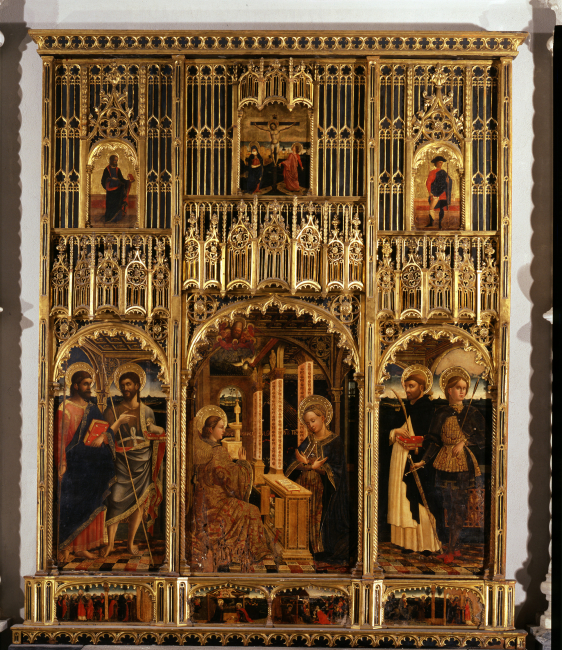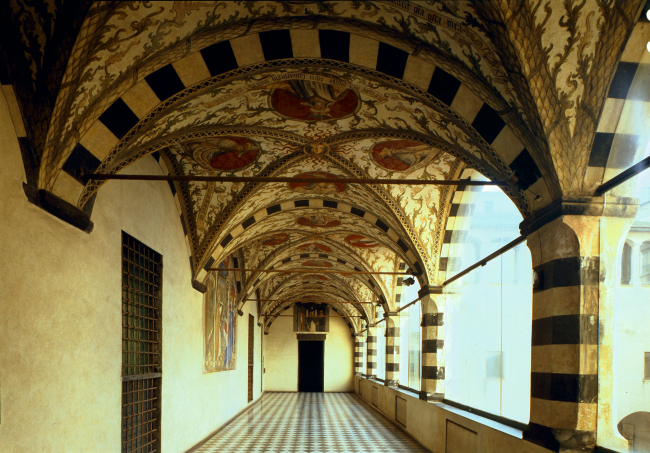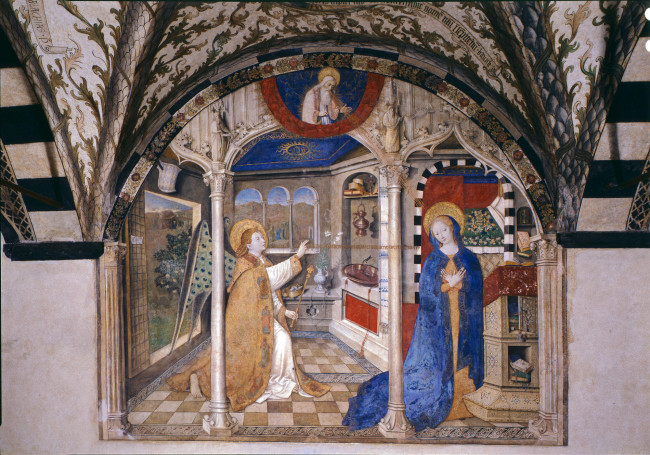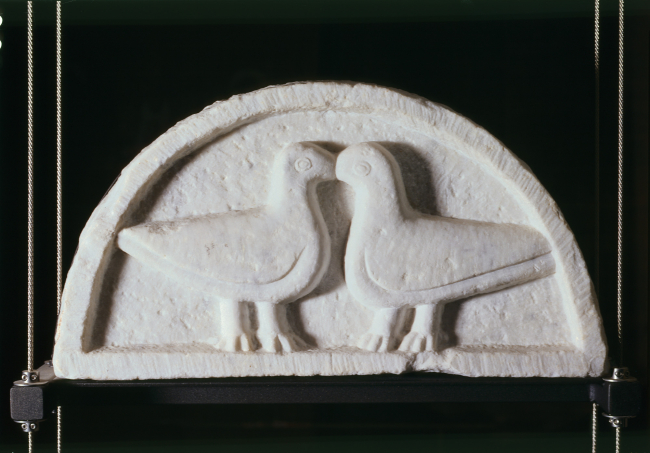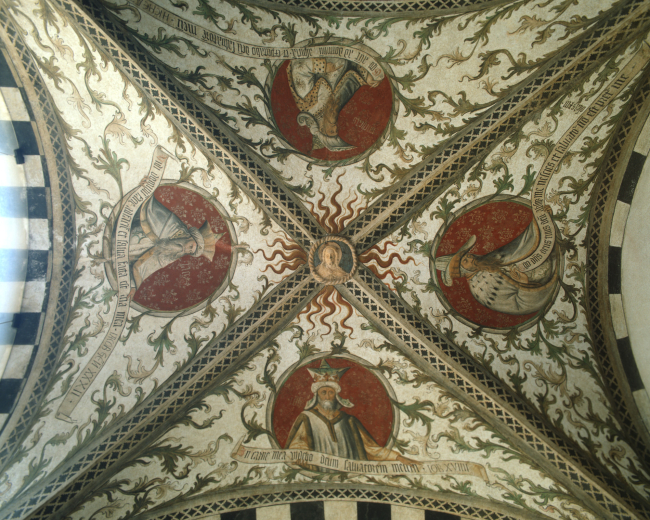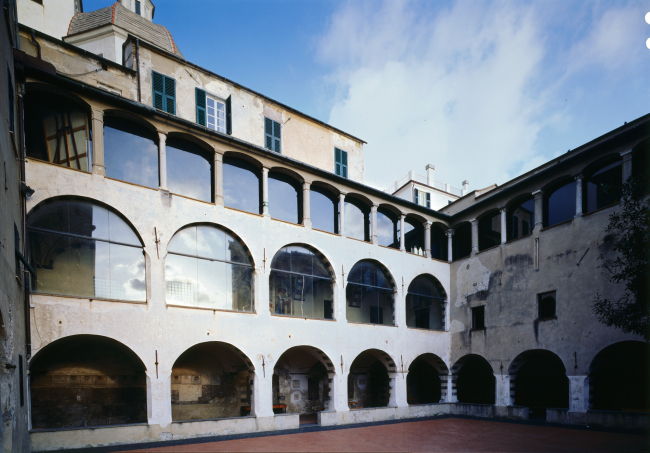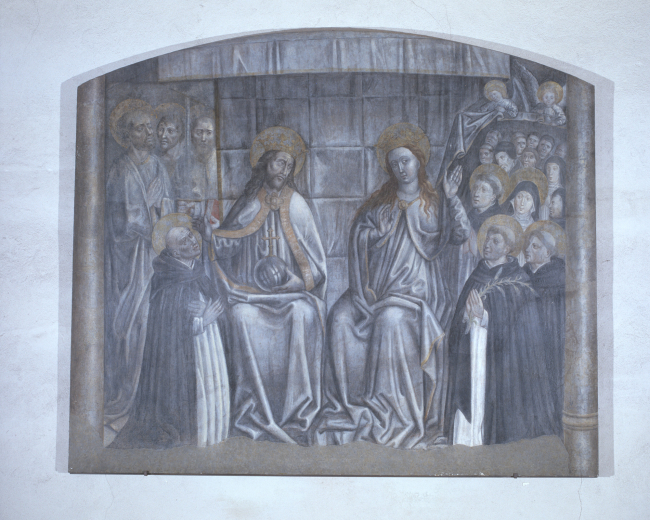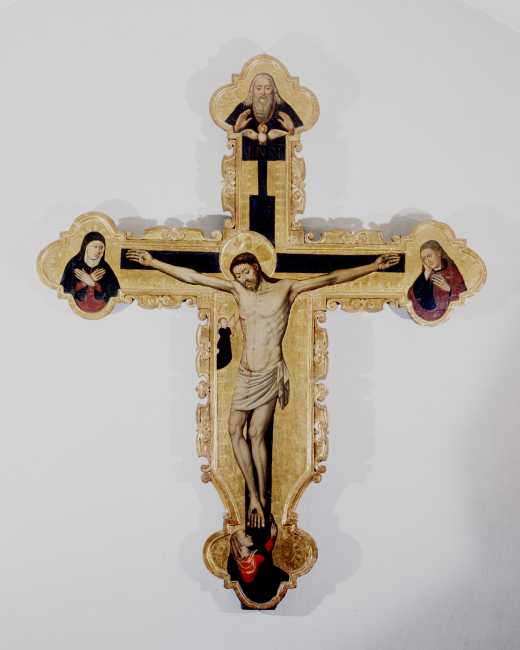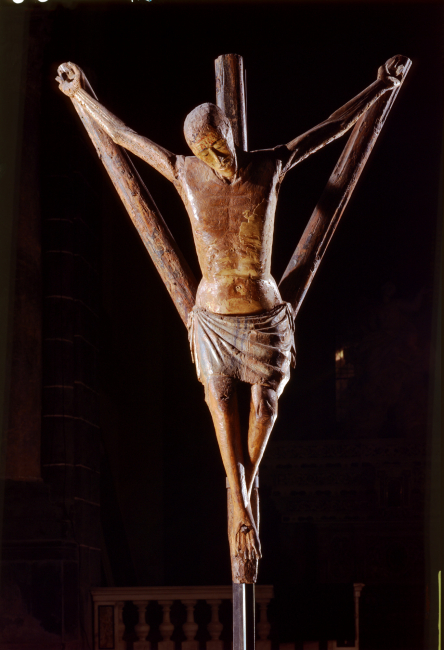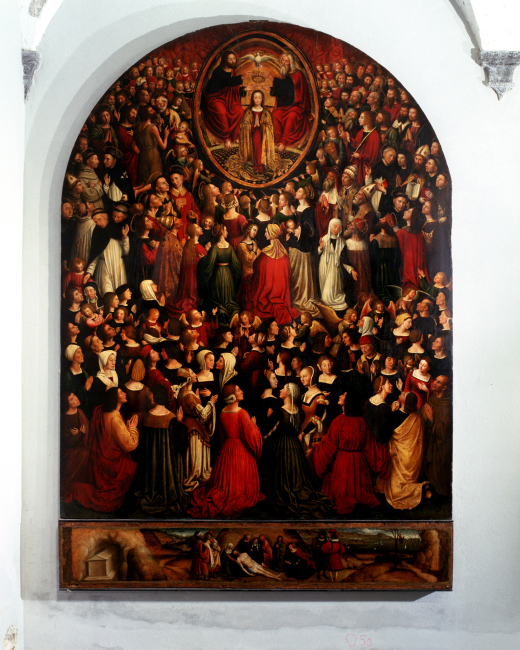The Church and the convent of Santa Maria di Castello
One of the most suggestive churches of the city of Genoa is indeed Santa Maria di Castello, located in the most ancient part of the city. Together the Romanesque basilica, its convent and the museum shape a monumental complex of extraordinary importance. The Romanesque architecture and the priceless works of art surely give this site a certain splendour, but what makes it really unique is the fact that it rises in the first urban settlement of the city, just above the natural shelter of the coast.
The visit
The church facade and the bell tower have the characteristics of Romanesque artchitecure, that came to Genoa with the style and language of the Antelami’s craftsmen, builders and engravers from Lombardy. One of their typical signature is the reuse of materials recovered from the remains of Roman architecture. This is the case of the marble cornice with leaves and griffins, masterfully converted into the architrave of the entrance gate, or of the inner columns and capitals, that preserve the foundation plan with three naves of the Romanesque basilica, but was enriched by the style of the 18th century.
On the vaults and in the lateral chapels you can discover a prestigious series of paintings and frescoes created by artists of the Genoese school and many others: Bernardo Castello, Aurelio Lomi, Grechetto, Giovanni Mazone, Domenico Piola, Luciano Borzone, Giovanni e Giovan Battista Carlone, Andrea Semino, Giovan Battista Paggi; you can also find sculptures and reliefs created by Leonardo Riccomanno, Filippo and Anton Domenico Parodi.
In the first frescoed cloister it is possible to admire the Annunciazione, a Renaissance painting masterpiece painted in 1451 by Giusto da Ravensburg.
The Museum of Santa Maria di Castello is located in the convent, around the three cloisters, and is the home for paintings by Ludovico di Brea, illuminated manuscripts, 15th century frescoes, a beautiful collection of Russian icons and other masterpieces.
History
Santa Maria di Castello is located in a pre-Roman site, which was the first fortified urban settlement of the city. It was later supported by Roman and Byzantine fortifications and by the construction of the bishop palace in the 9th and 10th century, and was considered the seat and the symbol of military and religious power of the city for centuries.
In 658 the Langobardic king Ariperto might have built a first sanctuary, reconstructed by di Antelami’s craftsmen in the first quarter of the 12th century as a Romanesque basilica.
After the first half of the 15th century the church was handed to the Dominicans and became a point of reference for humanists and writers; meanwhile thanks to acquisitions and demolitions, the convent continued to grow and in the middle of the 16th century already had three cloisters.
A recent restoration of the counter facade skillfully recovered the decoration in Romanesque style and other elements which underlined the medieval features of this unique holy place




